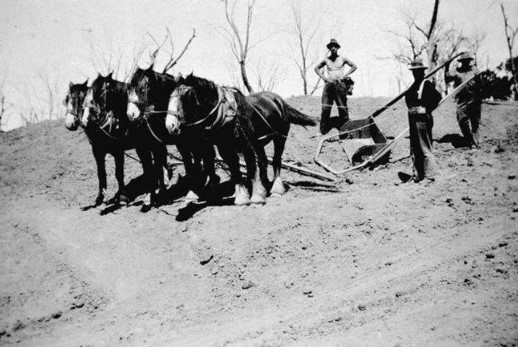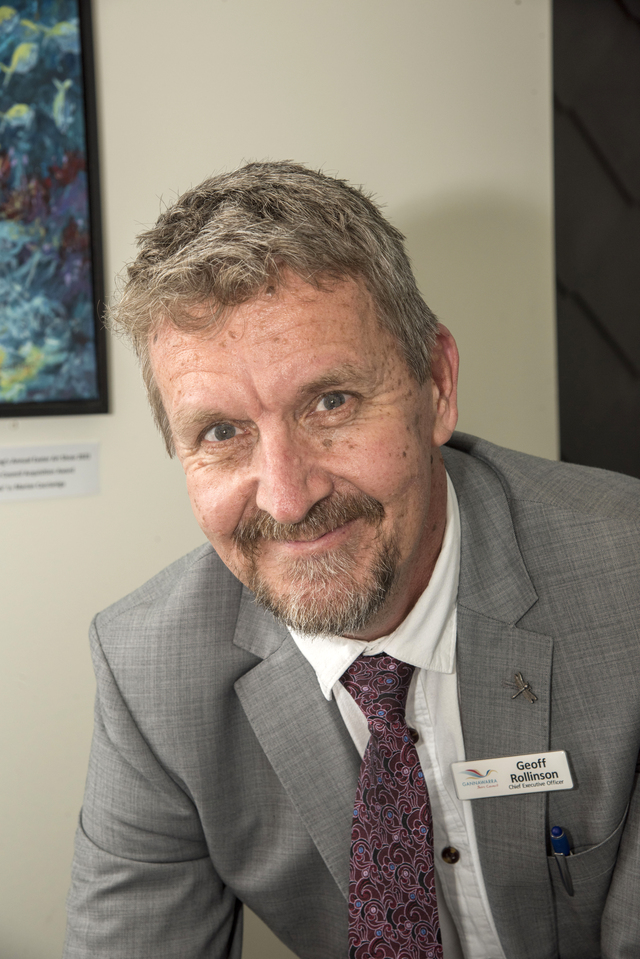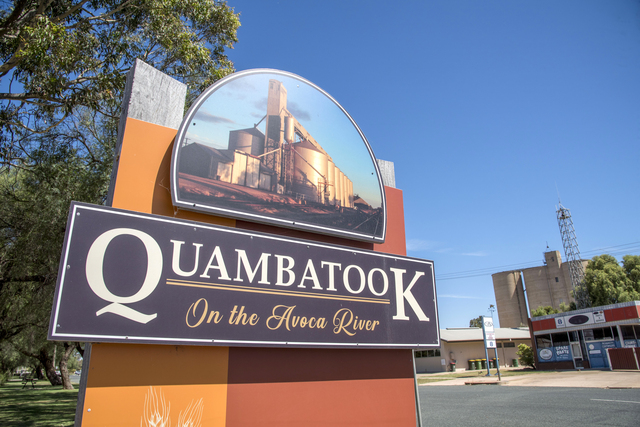THIS year marks 150 years since Gunbower was proclaimed a town.
While locals of Gunbower celebrated the milestone with several functions last weekend, Gunbower Island holds significance not only to the locals living in the town today but also to descendants of the First Nations people who resided in the forest before European settlement.
The Yorta Yorta Nation presides over the middle and south-east area of the forest, and the Barapa Barapa Nation presides in the north-west.
Both nations have a spiritual connection to the redgum trees and Gunbower Creek.
The Kow Swamp is a significant ancient burial site and in 1969 remains of more than 40 people were uncovered at the edge of the swamp.
The site has more human remains from the late Pleistocene era than anywhere else in the world.
The name Gunbower is said to have originated from the Aboriginal word ‘Kanbowro’, meaning twisted – possibly used to describe the creek which is a made up of billabongs and lagoons where water from the Murray River would flow to when its banks would naturally flood.
According to squatter Edward Curr, Europeans had mistakenly pronounced the Aboriginal word as ‘Gunbower’.
Gunbower Island was also important for European settlers who dug the creek deeper at dry times so it could take more water when it flooded from the Murray River in the 1870s.
Settlers and pioneers would also use the red gum trees for timber cutting and land for tobacco growing, dairying and grazing.
The Gunbower Forest is a Ramsar listed site of national and international wetland of significance with more than 140 cultural heritage sites.
It is also the second largest red gum forest in the Murray-Darling Basin in Victoria.
The Forest in Gunbower Island is bordered by the Murray River and Gunbower Creek which is now used to carry and supply irrigation.
The township was officially proclaimed in 1874 under the The Land Act of 1869.
However, the first patch of land occupied by settlers was in 1845, when the Gunbower station was established.
An article published in Cohuna Farmer’s Weekly in 1916 said the station was first owned by Sathiel Booth, who the author describes as the first distinguished settler on the Gunbower Creek.
Matthew Treacy was noted as the “first real Gunbower settler in the modern sense, and the actual founder of the Gunbower Settlement”.
“He was, from all accounts, a big, bustling, enterprising man, who literally carved the Gunbower township out of the bush.”
Mr Treacy was known in Gunbower as a publican, blacksmith, wheelwright, baker, storekeeper, postmaster and butcher.
In 1880, a police station was established and Mr Treacy purchased the Gunbower Hotel.
It was established in 1865 by Matt Ryan who built it from Murray pine logs.
The Gunbower Hotel also had a small store and post office adjacent to it which eventually came under the ownership of Mr Treacy when he bought the hotel.
However, a fire destroyed the hotel in 1907.
It was rebuilt in 1908 and demolished and rebuilt again in 1942 and remains situated on Murray Valley Highway.
There were three schools on the island between 1885 and 1948.
A building was shifted from Torrumbarry to Gunbower in 1878 to establish the town’s first primary school; Gunbower Creek School.
The school had 49 students by 1884 and 100 children in the school’s single classroom by the 1920s, which led to a new room built by 1928.
A run-down red gum hut was where lessons were held at Gunbower Island School established in 1905.
The school’s first teacher Katherine O’Brien taught students until 1911, when a new building was built at the school’s present site.
Gunbower Sawmill School, also ran from 1884 to 1890.
Gunbower Co-op was made up of a group of local dairy farmers who met and discussed establishing a butter co-operative in the district in 1906.
The Gunbower Butter Factory was built and opened in 1907 and production was successful by 1910 with the factory producing five tons of butter every week.
In June 1922, a fire destroyed the factory and the manager’s home, and production didn’t resume until March 1923 after a new factory was built from reinforced concrete.
Gunbower Co-op increased their butter production in 1936 when they took over the Federal Milk Company’s Cohuna Butter Factory.
By 1954, production increased to 32 tons weekly, along with 1.5 tons of milk powder and Gunbower Co-op recorded a profit of almost $1 million.
The butter factory closed in 1959 when the Gunbower Co-op moved all their operations to the Cohuna plant.
After being a private residence since the 1970s, the butter factory now operates as a wedding and accommodation venue.
The Gunbower Butter Factory owner Letitia Edwards organised celebrations for the town’s 150-year anniversary and the centenary of the Soldiers Memorial Hall held last weekend.
The rural township now has a population of more than 500 and Gunbower Island is a popular destination for recreational boating, fishing and camping.







